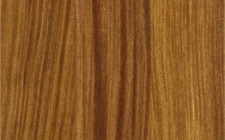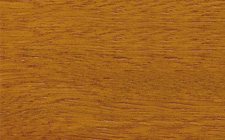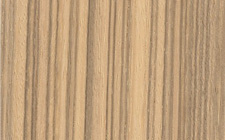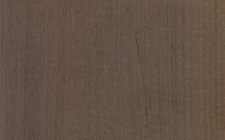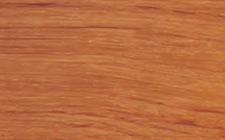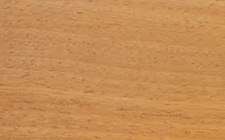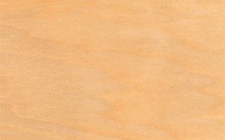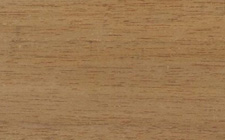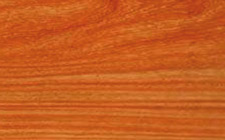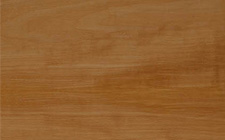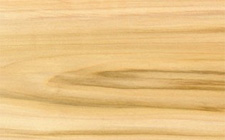Dibetou (African Walnut)
Botanical name
Lovoa trichilioides-klaineana
Origin
Africa
Other names
Bibolo, African Walnut, Mpengwa, N'vero, Apopo, Boyo Kondi, Lifaki Muindu, Noyer d'afrique, Congowood, Bosso, Eyan, Dubini-Biri, M'bero, Anamenila, Sida, Bombulu, Wnaimei, Noyer Du Gabon, Tigerwood

WOOD DESCRIPTION
| Color: |
brown |
| Sapwood: |
clearly demarcated |
| Texture: |
fine |
| Grain: |
interlocked |
| Interlocked grain: |
slight |
| Note: |
Ring shakes and brittleheart possible in some logs. |
PHYSICAL, MECHANICAL AND ACOUSTIC PROPERTIES
|
(*: at 12% moisture content, with 1 MPa = 1 N/mm²) Musical quality factor: 109,5 measured at 2693 Hz |
||||||||||||||||||||||||||||||||||||||||
NATURAL DURABILITY AND TREATABILITY
| Funghi (according to E.N. standards): |
class 3-4 - moderately to poorly durable |
| Dry wood borers: |
durable - sapwood demarcated (risk limited to sapwood) |
| Termites (according to E.N. standards): |
class S - susceptible |
| Treatability (according to E.N. standards): |
class 3-4 - poorly or not permeable |
| Use class ensured by natural durability: |
class 2 - inside or under cover (dampness possible) |
| Species covering the use class 5: |
No |
| Note: |
This species is listed in the European standard NF EN 350-2. |
SAWING, MACHINING AND ASSEMBLING
| Blunting effect: |
normal |
| Sawteeth recommended: |
ordinary or alloy steel |
| Cutting tools: |
ordinary |
| Peeling: |
good |
| Slicing: |
nood |
| Note: | Difficulties due to interlocked grain in planing (tearing). Keep sharp tools. Ribbon like aspect on quartersawn. Sawdust may be irritant. |
| Nailing / screwing: |
good |
| Gluing: |
correct |
| Note: |
Risks of end checks. |



